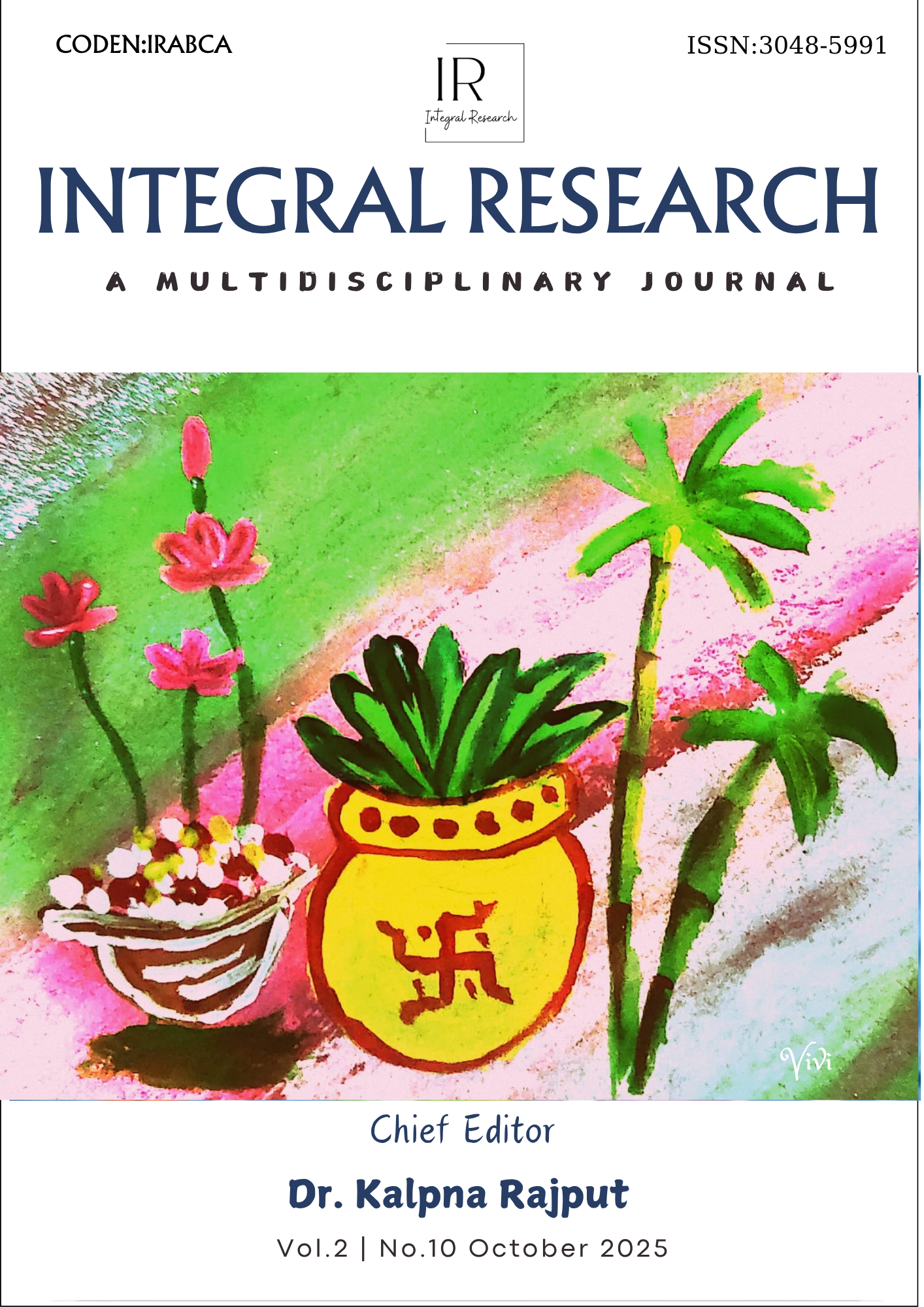The Ecological Path to Self-Realisation: Atmana and Nature in Hermann Hesse’s Siddhartha
Main Article Content
Abstract
This paper explores the concepts of Indian philosophy and ecocriticism to analyse the portrayal of Atmana Hermann Hesse’s novel Siddhartha. It examines how Hesse connects beautiful representation of nature and the spiritual journey of Siddhartha with Indian spiritual tradition, especially the concept of Hinduism called Atmana—the essence of the self. The paper shows how Siddhartha’s observation and immersion in nature world led him to fundamental lessons of Indian philosophy about Atmana, Dharma and the path to emancipation. In the novel, Hesse uses Indian spiritual traditions to foster a deeper ecological awareness along with the portrayal of Atmana. This ecological awareness refers an individual’s connection with the nature which is linked to the knowledge of Atmana. It suggests that spiritual awakening is more than just an event; it’s a thorough understanding of oneself and the surroundings. The novel uses symbols of river, forests, and animals to show cyclic nature of life and how everything is connected. The novel shows strong connection between nature and spirituality. It combines the ideas of Indian philosophy and environmental awareness to show that Siddhartha’s journey is also inclined to ecology. The paper argues that the concept of Atmana is linked to both philosophical and ecological understanding of the world by creating a unified view of spiritual and environmental consciousness. It is a unique way to look at the novel.
Downloads
Article Details
Section

This work is licensed under a Creative Commons Attribution-NonCommercial 4.0 International License.

